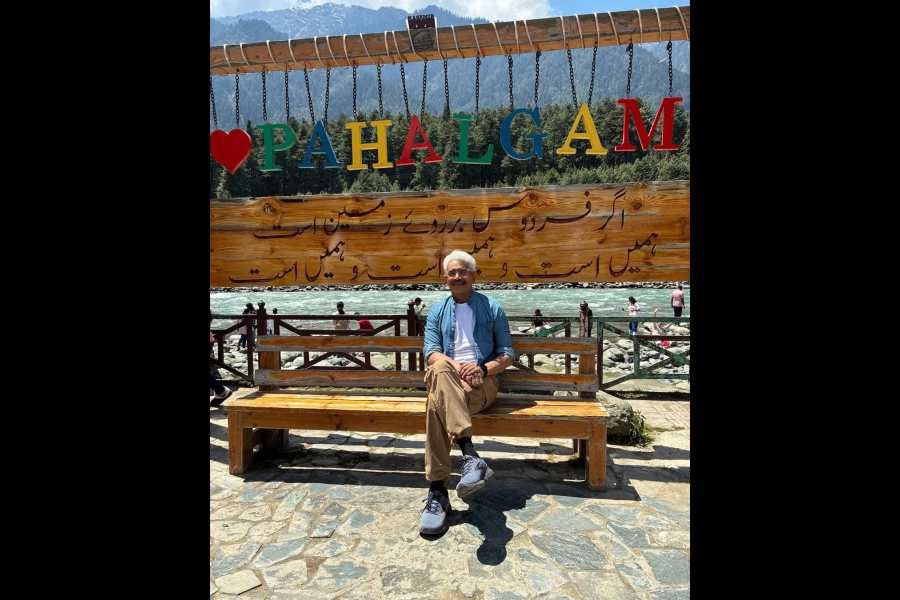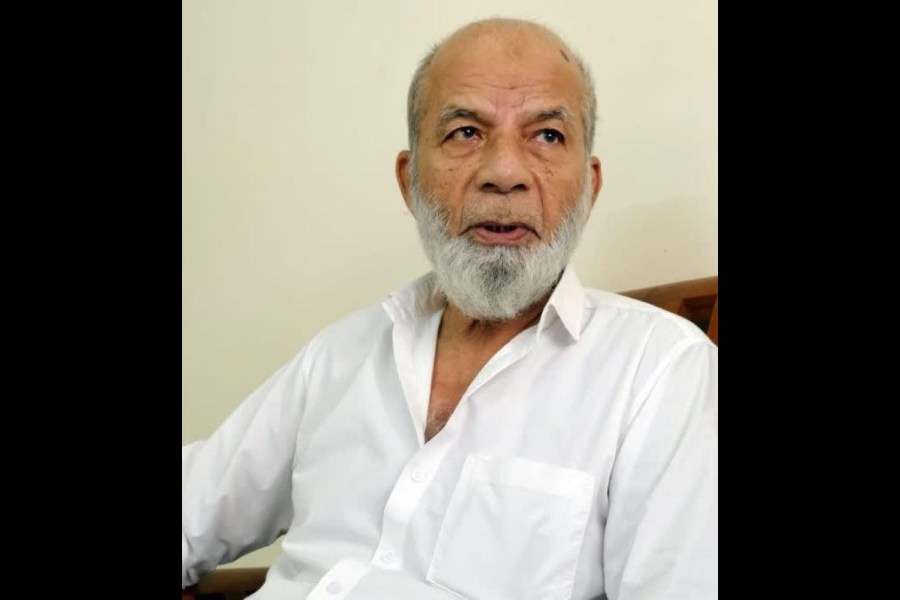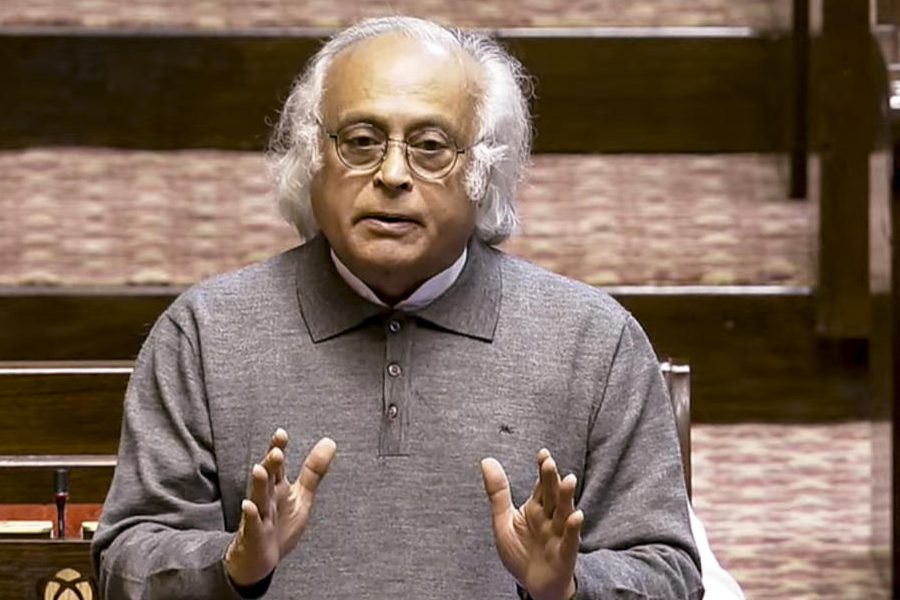|
|
| Footnotes to history |
White Mughals: Love and Betrayal in Eighteenth Century India By William Dalrymple, Viking, Rs 650
East and West, decadence and progress, barbarism and civilization — these are some of the more abiding binaries that continue to reverberate even today. At the heart of these, somewhat polarized, descriptions of cultures and sensibilities — delimiting but compelling — is the fact of colonial subjugation, that saw parts of the globe being subsumed under Western political control. And yet, the freezing of stereotypes, the closure of understanding and participation, at least in south Asia, was relatively recent — only as late as the mid-nineteenth century. Until then, the East-West encounter was open-ended and saw many crossovers, with love and friendship mediating the contact more intimately than ever possible.
Or that is what William Dalrymple’s latest mega non-fictional work would have us believe. As the title suggests all too clearly, it sets the love story between James Achilles Kirkpatrick, resident at the court of the Nizam of Hyderabad between 1798 and 1805, and Khair un Nissa, the great-niece of the diwan or prime minister of Hyderabad, in the rich and hybrid context of Anglo-Mughal society in the Deccan. However, that is not all — it locates the romance in the backdrop of an infinitely rich and fertile field of cross-cultural contact in the eighteenth century when large numbers of Englishmen and Europeans entered Indian society, and whose imagination was fired by the culture and poetics that they encountered in that society.
In a sense, the James-Khair romance was just one of many encounters — it was part of a larger story when Europeans became Mughal gentlemen, when they were intoxicated by the sheer diversity of the social landscape. Thus we have charming portraits of Hindoo Stuart with his Indian bibi and a cavalcade of babus in palanquins, who moved through the pages of history seemingly untouched by his Western inheritance, and of William Kirkpatrick, who was obsessed with the astronomical system of Tipu’s Mysore.
Equally fascinating are the figures of Khair and her daughter, Kitty Kirkpatrick, and the very different worlds they inhabited. What stands out in the account of Khair’s life and love is the ease with which she seemed to make personal choices — her liaison with James and subsequently with Henry Russell, Kirkpa- trick’s private secretary and assistant, the betrayal she suffered in Russell’s hands and her last days spent almost in transit from one city to another, all of which give us a partial sense of the atmosphere that pervaded the period.
The evocation, of course, is entirely mediated through European voices, and is sometimes even muffled. This is in sharp contrast to the representation of Kitty’s experiences. Kitty, Khair’s daughter who was taken to England and brought up as an Englishwoman nevertheless empathized with her mother’s reality as her correspondence with her grandmother reveals — indeed it is the subject of one of the most moving letters recorded in this novel. Her voice reinvokes the rupture with not just a mother but an entire world that was seen to carry an altogether different resonance.
The world of the white Mughals, the hybridity and mingling and tolerance and curiosity, came to a brutal end with the Mutiny and the violence that it engendered on both sides and which ultimately shored up barriers of difference, intolerance and racial antagonism, the vestigial effects of which one encounters even today, albeit in a more twisted and convoluted reincarnation.
The story itself is simple and well-told — the context is complex and well-researched. And precisely because of this, it has been described as non-fiction, in the sense that it lays claims to the contiguous territories of fact and fiction. Dalrymple’s imagination is fully at work even as it balances the plethora of facts that he has unearthed and discovered in the treasure troves of British libraries.
In so far as these support his story and facilitate its unfolding, these details are delightful, but very often these assume a larger than life proportion and interrupt the narrative. One has often the impression that large sections of the book are like giant footnotes that are superposed on the story and that the author shares the historian’s predilection for facts quoted out of context or even for filling them with a particular set of meanings.
Curiosity and even a genuine appreciation of another culture certainly informed the Indo-European dialogue at many levels and affected the personal lives of a few — a point that is a useful corrective to the kind of histories that have been written. But these instances were exceptional and occasional and, in that sense, only serve to underscore the aggression and rapacity that distinguished the encounter as it played out in the eighteenth century.
Admittedly, the encounter was punctuated by moments of reflection, participation and cultural translation but these cannot be inflated to posit a new set of myths about the encounter itself or about its consequences on traditional society. That is a danger one needs to keep in mind. In an age when token concessions to cultural polyphony are part of political correctness, and the media is waiting and wishing for a dramatic script that has the potential to pull at several heart-strings, it is easy and indeed tempting to get bowled over by the unfolding of a love story between the East and the West.











